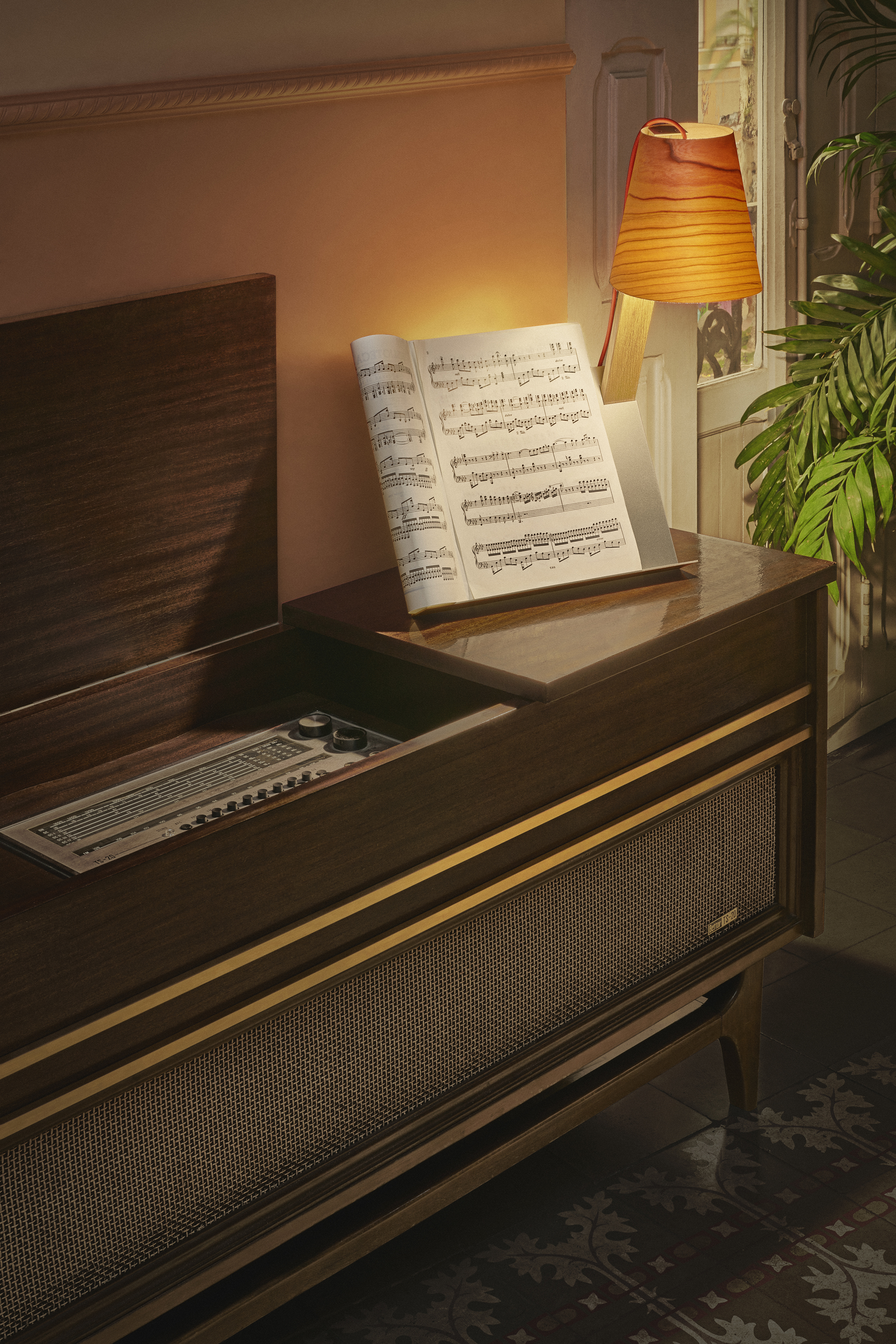LZF’s “Telling Tales” to prawdziwie oświecona historia, która opowiada o miłości, samotności i pasji. Stworzona przez Marivi Calvo opiera się na trzech pomysłach, które sprawiły, że katalog marki w zasadniczy sposób różni się od poprzednich kampanii. Rzecz dzieje się w nocy. Jest więc doskonała okazja, by zaprezentować lampy i sposób, w jaki prezentują się we wnętrzach. Skupiono się także, by przestrzenie, w których prezentowane jest oświetlenie, były przestrzeniami zamieszkanymi przez konkretnych ludzi. Twórcom zależało także, by nowy katalog różnił się od tradycyjnych katalogów i był małym dziełem sztuki. Jego autorzy tworząc go inspirowali się twórczością amerykańskiego malarza Edwarda Hoppera i filmu “Okno na podwórze” Hitchcocka. Marivi chciał odtworzyć koloryt filmu i fotografii z tego okresu. Chyba znakomicie mu się udało, prawda?
Historia w oryginale dla angielskojęzycznych:
Lana hardly ever leaves her apartment. She likes to get up early and open the window while the silence is still outside. She lives on the other side of the avenue, on the seventh floor, just like me. Every day she sings softly. Her songs are sentimental and I have come to know them by heart. I think she is in love. Women always sing when they are in love, and some of them even forget to turn off their bedside light.
Lana hardly ever leaves her apartment. She likes to get up early and open the window while the silence is still outside. She lives on the other side of the avenue, on the seventh floor, just like me. Every day she sings softly. Her songs are sentimental and I have come to know them by heart. I think she is in love. Women always sing when they are in love, and some of them even forget to turn off their bedside light. Around noon, she goes into a different room to take her cello lesson. I can’t see her teacher but I can hear him: he has a voice that sounds like a soft summer. Lana’s teacher is Russian, as so many cello teachers are. The serendipitous notes from her cello blend in with the sound of the cars driving down the avenue at that time of the day. I use moments like these to organize my brother’s book keeping (he has an ice making business with home delivery).
Today is too hot and Lana draws the curtains. She’s gone. I mean, I can’t see her anymore, but I can still imagine her, slowly tracing each decision she makes. She says goodbye to her teacher with a kiss on the cheek, she turns the fan on… Someone calls at the door. She takes her time to respond. It’s my brother who has come to deliver an order of ice. Together, they walk accross the dining room; a few drops of water fall to the rug. I call her Lana because that’s what I’d like to be called when I get to her age.
